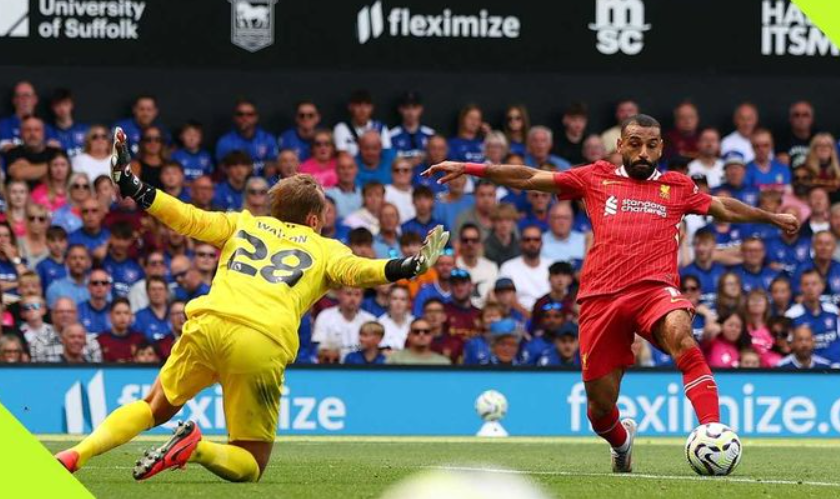The Egyptian Premier League (EPL) is going through a period of transformation. Long dominated by the giants Al Ahly and Zamalek, the league is becoming more competitive, better organized, and more attractive to both domestic and international fans. In 2025, the league continues to evolve — driven by a mix of player transfers, coaching reforms, new regulations, and technological advances.
A More Competitive Landscape
The days when only two or three clubs challenged for the title are over. Over the past three seasons, teams like Future FC, Pyramids FC, and Pharco have invested heavily in infrastructure, foreign players, and professional management.
Clubs now compete more closely at the top of the table, and the race for continental qualification is tighter than ever. Young players are getting more opportunities, while experienced internationals raise the level of play week by week.
Transfer Trends and Foreign Talent
Egyptian clubs are increasingly active in the transfer market. They target both rising stars and experienced professionals from other African nations and beyond. While big signings are still centered around Al Ahly and Zamalek, smaller clubs are finding value in smart scouting and development.
Key transfer trends in recent seasons include:
- Increased focus on African talent from Algeria, Ghana, and Ivory Coast
- More South American players entering the league, especially attackers
- Clubs signing younger players with resale potential for Europe
- Rising use of free agents and short-term deals for squad flexibility
This new strategy is helping teams remain competitive and financially sustainable.
Coaching and Tactical Evolution
Tactical development is another area where the EPL has matured. Clubs have started hiring coaches with strong technical backgrounds, and there’s a visible shift toward more structured football philosophies.
Notable coaching developments in the EPL:
- Emphasis on data analytics and GPS tracking in training
- Growth of possession-based and pressing systems
- Greater investment in coaching education and UEFA-licensed staff
- Integration of academy players into first-team squads
This tactical shift has made the league more enjoyable to watch and more difficult to predict.
VAR and Regulatory Adjustments
The Egyptian Football Association has modernized several aspects of league operations. The use of VAR is now more consistent and less controversial. Referees receive regular training, and match delays due to VAR reviews have decreased.
Additionally, the EFA has introduced a few key regulatory changes:
- Five substitutions allowed per team
- Minimum quota of U23 players in matchday squads
- Increased squad size limits from 18 to 20 players
- Financial fair play monitoring for clubs
These updates aim to balance competition and encourage long-term development.
Broadcasting, Branding, and Fan Access
The EPL is now more visible internationally thanks to improved media coverage. Several matches are streamed online, and clubs are becoming more active on social platforms, targeting fans both in Egypt and abroad. This media push is part of a broader branding effort by the league to build a stronger identity and compete with other African leagues like those in Morocco, South Africa, and Tunisia.
The Egyptian Premier League in 2025 is not the same as it was a decade ago — and that’s a good thing. With increased competitiveness, smarter recruitment, progressive coaching, and better regulations, the league is positioning itself for long-term growth. If this evolution continues, the EPL could soon become one of the most respected football leagues on the continent.


